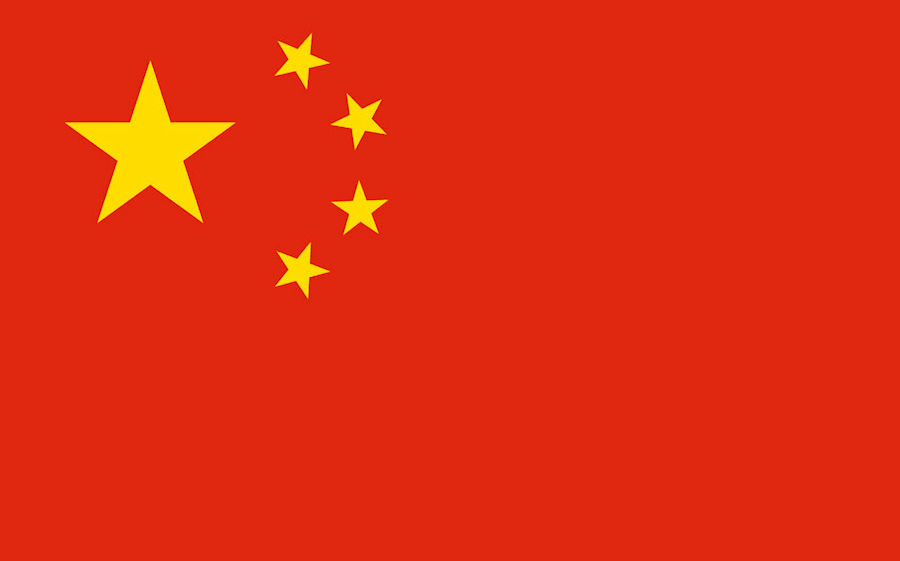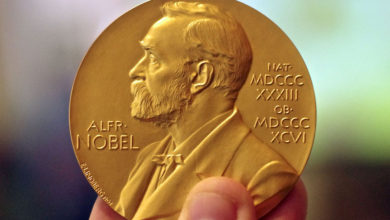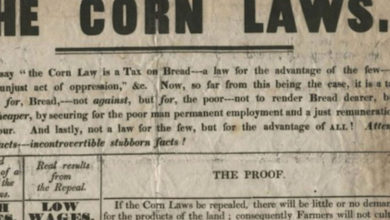
Podcast: Play in new window | Download
The creation of the People’s Republic of China in 1949 was the culmination of a political battle that had gone on since the Revolution of 1911. It ended with the creation of the Republic of China on the island of Taiwan and a complicated geopolitical landscape filled with tensions and uneasy alliances.
Officially, the People’s Republic of China came into being on October 1, 1949, when Mao Zedong made a proclamation to that effect before a crowd of 300,000 people in Tiananmen Square. Until then he had been the Chairman of the Chinese Communist Party, but with the new nation, he became head of state. He named Zhou Enlai as premier.
The announcement of the new nation ended a civil war that had gone on for four years between the Chinese Communist Party and the Kuomintang Nationalist Party. Disputes between the parties had gone on since the 1920s after the CCP was founded in 1921 in Shanghai.
Amazingly, the two parties had an initially positive relationship and they united in 1926 and 1927 for the Northern Expedition to help get rid of the warlords up there that were preventing the creation of a unified government. However, in 1927 the Nationalists destroyed the Communists by either removing them from the party or in some cases executing them.
Things got worse in China following the Japanese invasion of Manchuria in 1931. The Republic of China was now facing three battlefronts – the Communists, the warlords, and the potential for an invasion by Japan from the north. Things escalated horrifically in December 1937 when the Japanese forced the Chinese military back to Nanjing, the capital at the time. The next six weeks were dubbed the Rape of Nanjing, as hundreds of thousands of Chinese civilians were raped and murdered, and buildings were looted and torched.
The leader of the Nationalist Party, Chiang Kai-shek, was focused mainly on the internal issues and not on the threat of the Japanese invasion. He was kidnapped in 1937 and forced into reuniting with the Communists in the Second United Front. Mao pledged to support Sun Yat-sen’s Three People’s Principles. He would not allow any interference with the Nationalists and would stop taking land from rich peasants. The militaries would be combined into the Eighth Route Army and the 10,000 soldiers south of the Yangtze would become the New Fourth Army. On the other hand, the Nationalists were more focused on keeping the Communists in check.
The Communists spent their time supporting rural Chinese through land reform and censoring those in strong Nationalist regions. The Communists also did more to hold back the Japanese than the Nationalists did, which won them the support of the farmers that were being impacted by the invasion.
Eventually, the Japanese retreated, leaving a void in Manchuria filled initially by the Soviet Union. With a strong Communist presence in Manchuria, this part was returned to the Chinese.
The relationship between the two parties in China deteriorated further, and it led to a civil war in 1946. No coalition could be formed any longer, despite efforts by US General George Marshall to broker a truce.
Meanwhile, Chiang had received support from the United States for several years, and with no Nationalist leadership on mainland China, the US feared Communism all the more. In September 1947, the Soviet Union had tested their first nuclear device, and the Cold War had begun.
The US tried to change public opinion over the situation by releasing the China White Paper in August 1949. It attempted to portray Chiang’s leadership as poor, and that no amount of assistance from the west could help. It stated that ultimately the Chinese had made their own determination. This did not help, however, as it ended up sparking the Congressional Republicans to launch charges that the US had become “soft on Communism”, and triggered the McCarthy era that would investigate Americans for any sympathies to the Communist Party.
After the establishment of the PRC, Chiang fled to Taiwan and established a nation there that was more friendly to the west. The US was keen to support this government to keep Communism from spreading south and taking over the rest of Asia. The US also recognized Taiwan as the only China, and wanted them to represent China in the newly formed United Nations. It was hoped that the Nationalists could gain enough popularity and power to be able to return and retake the mainland. This never came to pass, however.
The establishment of the PRC led to a deterioration of China’s relationship with the west, led by the United States. The US actually ended all diplomatic relations and dramatically reduced trade with the PRC in 1949 and refused to recognize the new Communist regime. It took until President Nixon re-opened the relationship in 1972 to change that.
In the intervening years, the Korean War had taken place, which began in 1950. Though it was ostensibly North Korea versus South Korea, it was actually Communist China versus the United States, as each of the superpowers backed one half of the Korean peninsula, a prime example of the Cold War and the United States fears of Communism.
Nixon’s visit to China in February 1972 started to thaw the relations between the countries, but it took another seven years before any diplomatic changes would formally come to pass. It took many more years before trade relations began to improve and travel would resume between the countries.
Though the PRC has attempted to reach out to Taiwan over the years to reunify, there is little interest on the part of Taiwan to agree.
Podcast: Play in new window | Download





